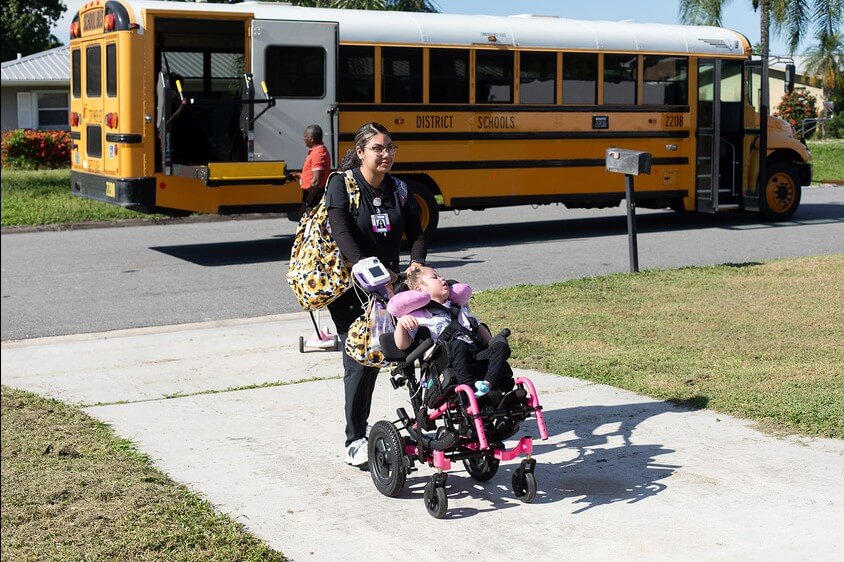My telepractice kick continues this month! I love these studies. As tele expands, both in the schools and private practice, I hear the “Show me the data” call from on high, and I’m thrilled when I have something to share with those who ask. Beyond its use as supporting evidence for a service model that gets more kiddos the services they need, I also think its informative value is important as we (the profession) proceed down this new path. Ever-vigilant and ever-mindful, right? This case study was particularly appealing to me because it compared models and looked at a hybrid approach, which I tend to think of as a best-case scenario. Anyhoo, on with it…
The Details
Valentine, D. (2014). Stuttering Intervention in Three Service Models (Direct, Hybrid, and Telepractice): Two Case Studies. International Journal of Telerehabilitation, 6(2), 51-64. Retrieved February 4, 2015, from https://telerehab.pitt.edu/ojs/index.php/Telerehab
The Questions
When intervention was delivered using three different delivery models (traditional, hybrid, and telepractice), would fluency be maintained across all three? Would communication attitudes be maintained across all three? How would parents and children feel about and manage telepractice technologies?
The Method
Two 11-year-old children (one female, one male) who stutter were enrolled in the study. Both presented with SSI-4 rankings of Moderate at the onset of the study, and both achieved PPVT-4 scores in the average to above-average range.
The traditional intervention period consisted of twice weekly 50-minute sessions in a university speech-language pathology clinic. The hybrid intervention period consisted of one 45-50-minute clinic session and one 45-50-minute session via videoconference per week. The telepractice-only intervention period consisted of three 30-minute Skype sessions per week. The telepractice-only intervention schedule was later modified to be two 45-50-minute sessions per week due to scheduling difficulties.
The SSI-4 was administered before each intervention period and three months post-intervention to judge the severity of stuttering. The Communication Attitudes Test-Revised was administered before the traditional and hybrid periods and after the telepractice period. It was used to assess how the children felt about their communication skills. A parent survey was administered following the telepractice period to assess their overall experience.
The Results
Both participants demonstrated marked improvement in the severity of stuttering. The female participant demonstrated rapid improvement during the traditional intervention but plateaued over time. Her severity rating at two months post-intervention was mild. The male participant demonstrated steady improvement throughout the interventions and had a severity rating of very mild at the two-month post-intervention mark. Attitudes about communication modestly improved for both participants, although they remained more negative than their non-stuttering peers.
The parent surveys revealed that both parents felt that telepractice was a convenient means to access therapy and allowed for flexibility in their schedules. They also agreed that they had the access they needed to have discussions with their clinicians. On the topic of the preferred model, however, they differed. One parent felt in-person sessions were necessary and the Skype sessions were good for “refresher/review” sessions. One child preferred visiting the clinic over the telepractice model, but both agreed that the online sessions were easy and convenient.
The Take-Away
I read the results thinking that it was sort of a no-brainer that the more dramatic gains were made initially, given what we know about the usual course of any kind of intervention. I was left wondering what the results would be like if telepractice or hybrid was done at the outset of therapy. I also wonder what might happen if the clients selected their preferred service delivery model, rather than were assigned to complete all 3 (or just one). But then I remember learning somewhere along the way that case studies are considered the “weakest” form of evidence either for or against a given topic. This is owing mainly to the small sample size, of course. So, bearing that in mind, I view this study as a generally positive endorsement of telepractice and good fodder for (hopefully lots of) future research.






